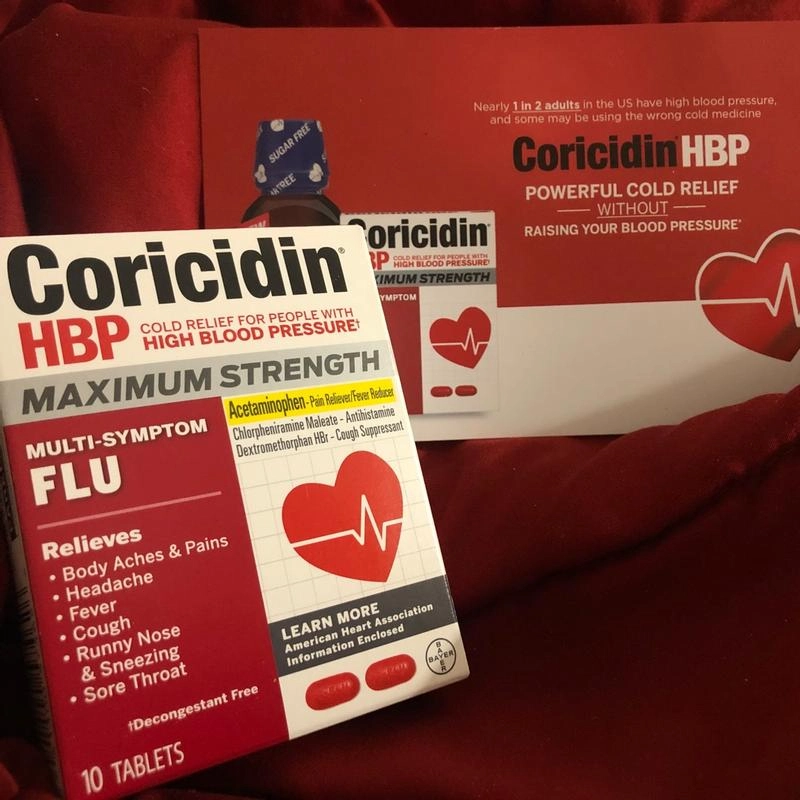Will Xanax Lower Your Blood Pressure: Xanax gives feelings of calm, and in some cases, drowsiness, when used in excess since it stabilizes the heart rate. It treats anxiety and panic disorders as well.

This triggers the question if Xanax can lower blood pressure. Let’s see all the details you need regarding the impacts of Xanax on blood pressure.
Will Xanax Lower Your Blood Pressure?
Xanax is a mild tranquilizer and anxiolytic. Moreover, it lowers blood pressure! Yes, stress and anxiety do not cause persistent hypertension. However, intense stress may cause your heart to pump faster, causing your blood pressure to rise unexpectedly.
Furthermore, when you panic, your blood pressure rises as your brain activates the fight-or-flight response. Even minor stress that endures over an extended amount of time can elevate blood pressure. As a result, Xanax can be classified as a moderate antihypertensive medication.
How Xanax Lowers Blood Pressure?
Alprazolam in Xanax is a GABA receptor agonist. To put it another way, it boosts brain receptors, making you feel more relaxed.
After your nervous system slows down, your entire body will follow suit. When the fight-or-flight response that occurs when you are stressed or nervous subsides, your heart rate and blood pressure return to normal levels. When used excessively, Xanax may cause a significant reduction in blood pressure. However, this is just transitory.
Another negative effect of Xanax is orthostatic hypotension, or a drop in blood pressure when you stand up abruptly. As a result, it is not suggested that the elderly or those who are at danger of falling take Xanax without supervision.
Does Xanax Treat Hypertension?
Although Xanax can temporarily lower blood pressure, it can not treat hypertension completely. Actually, neither the heart nor the blood vessels are affected by Xanax. As a result, it is not considered the best line of treatment for those with persistent hypertension.
Furthermore, Xanax has only been approved by the FDA to treat anxiety and panic disorders. However, Xanax has not been licensed as an antihypertensive medication. However, stress can dramatically increase the risk of heart disease and hypertension. As a result, Xanax may be an excellent stress reliever for patients with cardiac problems.
A Few Things to Know Before Taking Xanax

Xanax is a restricted substance, hence a doctor’s prescription is required to ingest it. As a result, it is critical to understand this restricted chemical and what to expect when using it.
Negative Impacts
Xanax, like all medications, has a number of side effects. Because this medicine affects the brain, the side effects can be severe and difficult to explain.
It is crucial to understand that negative effects differ depending on dosage. Furthermore, this medication may have varying effects on different people. As a result, depending on your age, gender, and other medications, you may experience various outcomes.
The following are some Xanax side effects:
- Unstable Mood
- Tiredness
- A headache.
- Feeling restless.
- Lost concentration.
- Little coordination
- No appetite
These adverse reactions could begin as soon as 24 hours after the last dosage and last for a few weeks. These include the following:
- Panic episodes
- Fear
- Sleep problems
- Fits of Sweating
- Loss of appetite
- Tremors
- The muscles tremble
In conclusion, while Xanax can occasionally lower blood pressure by calming the body and decreasing blood flow, it does not directly treat high blood pressure. On the other hand, blood pressure medications specifically target the kidneys, heart, or blood arteries in order to improve circulation and thereby reduce blood pressure.
Furthermore, only those with anxiety and panic disorders are advised to use it by doctors. Therefore, if your anxiety significantly affects your blood pressure, it might be helpful.
Nevertheless, this prohibited chemical has no appreciable impact on the treatment of hypertension. It is also inappropriate to treat this chronic sickness due to its numerous negative effects and withdrawal symptoms.






